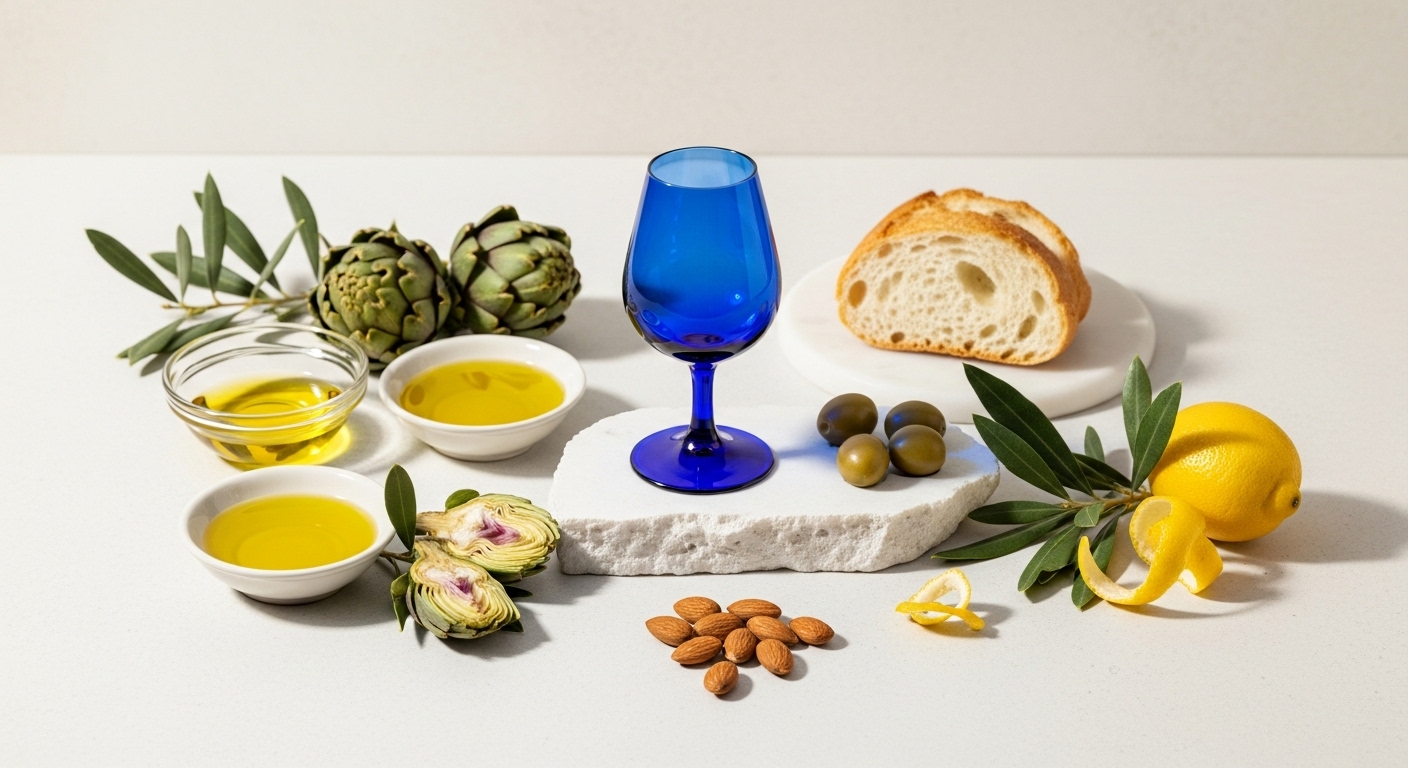Olive oil tasting has become a culture that captivates not only professionals but also conscious consumers. This experience, as refined as wine tasting, is one of the most accurate methods to understand the true quality of olive oil.
The first step in tasting is visual. The color of olive oil does not determine quality; however, clarity and brightness provide important clues. The subsequent aroma stage varies depending on the olive variety and the region where it is produced. The Memecik olive is generally known for its fruity scent and strong aroma.
The first impression in the mouth is bitterness and pungency. These characteristics indicate the high polyphenol content of the olive oil. A balanced bitterness and a mild pungency in the throat are signs of a quality oil. When combined with sweet notes, a flawless profile emerges.
Today, many brands prefer to connect with consumers through tasting culture, creating an experiential bond. Thanks to workshops, tasting events, and digital content, olive oil is no longer just a food; it is also a journey to be explored.
The art of tasting leaves consumers not only with a flavor on the palate but also with increased respect for the product, the producer, and the region. Because every drop is a reflection of the soil and the labor.




